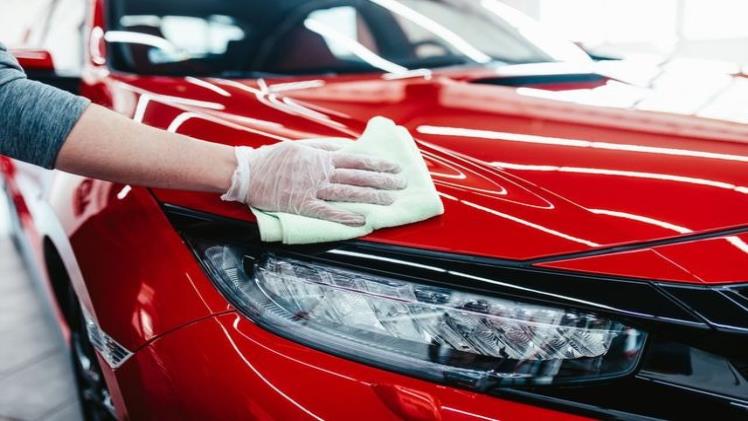So, you’ve finally invested in Paint protection film (PPF) to shield your beloved car from scratches and chips. Congratulations! Now comes the fun part – maintaining that flawless finish for years to come.
But don’t worry, I won’t bore you with mundane details or make it sound like a chore. Instead, I’ll walk you through the essential tips and techniques to keep your paint protection film in top condition.
From the best cleaning methods to protective coating applications and avoiding potential damages, this discussion will equip you with the knowledge you need to make your film last.
But I won’t reveal it all just yet – you’ll have to keep reading to uncover the secrets to preserving that showroom shine.
Regular Cleaning Techniques
How should you clean your paint protection film on a regular basis?
Keeping your paint protection film clean is essential to maintain its appearance and functionality. To clean your film, start by rinsing it with water to remove any loose dirt and debris.
Then, use a mild soap or dedicated film cleaner to gently scrub the surface with a soft microfiber cloth or sponge. Avoid using abrasive materials or harsh chemicals that can damage the film.
After cleaning, rinse the film thoroughly with water to remove any soap residue. Dry it with a clean microfiber cloth or allow it to air dry.
It’s recommended to clean your paint protection film at least once a month, or more frequently if it’s exposed to heavy dirt, pollutants, or contaminants. Regular cleaning will help preserve the film’s clarity and protect it from premature wear and discoloration.
Additionally, using a paint protection film-specific sealant or wax after cleaning can provide added protection and enhance the film’s longevity.
Protective Coating Applications
To enhance the longevity and effectiveness of your paint protection film, consider applying a protective coating. Protective coatings act as an additional layer of defense, providing extra durability and resistance against the elements. These coatings are typically made of ceramic or synthetic polymers that create a strong barrier between your paint protection film and potential contaminants.
When applying a protective coating, it’s important to thoroughly clean and prepare your paint protection film beforehand. This ensures that the coating adheres properly and maximizes its effectiveness. Start by washing the film with a mild soap and water solution, then use a clay bar or detailing clay to remove any embedded debris or contaminants. Next, use a surface cleaner or alcohol-based solution to remove any remaining residue or oils.
Once your paint protection film is clean and dry, apply the protective coating according to the manufacturer’s instructions. Use a clean, soft microfiber applicator pad or cloth to evenly distribute the coating onto the film. Allow the coating to cure for the recommended time before exposing it to water or other elements.
Regularly inspect and maintain the protective coating to ensure its longevity. Wash your vehicle regularly using a gentle car shampoo and avoid using harsh chemicals or abrasive tools that could damage the coating. Additionally, consider applying a fresh protective coating every 6-12 months to maintain optimal performance.
Avoiding Potential Damages
To ensure the long-lasting protection of your paint protection film, it’s crucial to be aware of potential damages and take preventative measures. While paint protection film is designed to withstand everyday wear and tear, there are certain things that can cause damage and compromise its effectiveness.
Firstly, avoid parking under trees or near construction areas where debris and falling branches can potentially scratch or puncture the film. Additionally, be cautious when using automatic car washes, as the brushes and high-pressure water jets can cause the film to peel or lift at the edges. It’s best to opt for hand washing or touchless car washes to minimize the risk of damage.
Another potential hazard to be mindful of is bird droppings. Bird droppings contain acidic substances that can eat away at the film’s protective layer and leave permanent stains. Therefore, it’s important to clean any bird droppings off the film as soon as possible using a mild soap and water solution.
Lastly, avoid using abrasive cleaning tools or harsh chemicals on the film, as they can scratch or damage the surface. Stick to soft microfiber cloths and gentle cleaners recommended by the film manufacturer.
Conclusion
In conclusion, by following the proper cleaning techniques and applying protective coatings, you can ensure the longevity of your paint protection film.
Regular maintenance is key to preserving its flawless finish and keeping your vehicle looking pristine for years to come.
Don’t let scratches and chips ruin your car’s appearance – take the necessary steps to maintain your paint protection film and enjoy that showroom shine.

